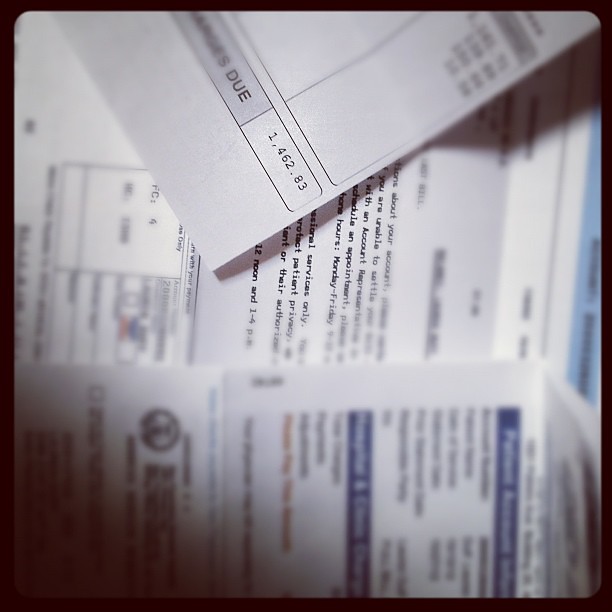The rising cost of healthcare in the United States is old news, with spending projected to increase over five percent annually until 2026. A new Trump Administration directive is taking a step towards combating this trend: As of January 1, 2019, the Department of Health and Human Services has required hospitals nationwide to post charges for their services online. Though the move is certainly a step towards greater transparency in healthcare pricing, transparency alone is unlikely to curb exorbitant healthcare costs nationwide. As a result, further guidelines are necessary to impel providers to take the additional steps necessary for more meaningful industry reform.
This new requirement comes as an extension of part of the Affordable Care Act, which requires hospitals to make public their standard charges for items and services. Previously, it was sufficient for hospitals to provide billing estimates to patients who asked for them. Now, hospitals must publish their “chargemasters” online. These documents dictate internal pricing for each procedure offered and each item or medication used in the process. Typically, tens of thousands of items, from cotton balls to open-heart surgeries, are listed.
In California, a similar law has been on the books since 2004. Legislation such as the 2006 Hospital Fair Pricing Act, which protects uninsured patients from paying full chargemaster prices, has taken further measures to reign in healthcare spending. Nevertheless, a 2018 study placed California 40th out of the 50 states in healthcare accessibility and openness.
Despite the policy changes, much of the issue stems from the fact that the chargemasters themselves are far from transparent and accessible. Listed prices are simply not meaningful to most patients. Insurance companies typically reimburse hospitals at an individually negotiated rate for each procedure, which costs them a fraction of that listed. Consequently, patients have no way of knowing what their bills would realistically look like beforehand. Generally, only uninsured patients or those at out-of-network care providers pay the listed chargemaster prices.
Compounding the challenges for patients are the inscrutable codes used to describe items and procedures. The chargemasters provided by Rhode Island Hospital include tens of thousands of listings, such as “Connector” ($1335) and “HC BCR ABL” ($18). These unhelpful abbreviations vary between hospitals; finding the relevant information in these massive listings is a herculean task. Furthermore, complex procedures may include hundreds of separate charges that patients have no way of knowing about beforehand. Giving birth, one of the most commonplace reasons to visit a hospital, entails numerous fees from the chargemaster beyond the delivery itself, such as room charges and medications. The lack of transparency and inundation of information may ultimately do more harm than good to patients trying to inform themselves.
Price transparency tools, generally offered by companies, help to bridge this gap by providing employees with information about their out of pocket payments for services offered by particular providers. However, studies have found no evidence that such tools actually decrease healthcare spending. Transparency is not sufficient to stimulate competition among providers: Healthcare is uniquely complex, and does not exist in a free market. Factors such as acuteness of the condition, quality of care, familiarity with providers, and geographic location play a large role in patients’ access to care.
As it stands, the chargemasters that hospitals provide are bare-minimum listings needed to comply with the new directive from the Department of Health and Human Services. The current mandate does not go far enough by simply requiring that prices be posted. At the very least, hospitals should work together with insurance companies to make standardized prices available in a format that is as accessible and descriptive as possible to patients. Information about median prices paid for the services offered by a hospital would be another simple potential addition making it easier for patients to inform themselves of the likely costs of their procedures.
Ultimately, this lack of transparency is a microcosm of the challenges faced by the American healthcare system. Corporatization of medical practices, increased physician burnout, and convoluted billing practices alike have all contributed to patient dissatisfaction. Though more accessible pricing information is unlikely to make any significant impact on domestic healthcare spending, it is certainly an important step towards empowering patients to take active roles in their interactions with physicians and the healthcare system.
Photo: “Medical Documents“
